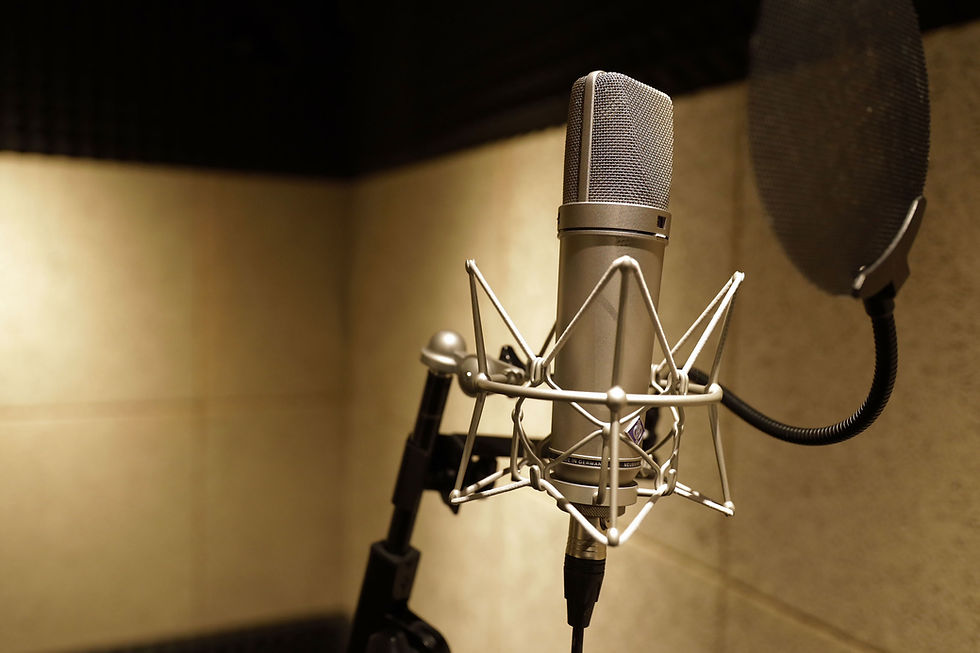
HOLOGRAMS
Year of composition: 2016
Commissioned by and dedicated to Roberto Oliveira.
Duration: 20 minutes
Scored for: vibraphone with digital extensions and fixed electronics
Opus 18 — AA182016
Difficulty: Advanced+
Movements:
i. Mirror Image
ii. Modules
iii. Loops & Phases
Premiere:
First performance was given by Roberto Oliveira at the "Extravaganza Percussion Festival", Royal Irish Academy of Music, Dublin, Ireland, February 14, 2016.
Please note:
Full set and study scores are purchased, fulfilled in hard copy, and yours to keep. Full sets are licensed per two years of performance, and it can be renewed with an additional cost of 100€. Additional parts are delivered in PDF, and the fixed electronics (when necessary) is free downloaded through a QR code printed on the full score.
For more information or request additional parts, please, contact us through: sales@aalcaldemusic.com.

Full Set
Price:
50.00€
Holograms
[AUDIO DEMO | Full Recording Coming Soon]


About the Music
Commissioned by and dedicated to Roberto Oliveira. First performance was given by Roberto Oliveira at the “Extravaganza Percussion Festival,” Royal Irish Academy of Music, Dublin, on February 14, 2016. The third movement, Loops & Phases, was recorded on the album Diáspora: Novas Músicas de Aquí e de Acolá, released in 2017 by Roberto Oliveira.
A hologram is obtained by superimposing a second wavefront (commonly called the “reference beam”) onto the wavefront of interest, generating an interference pattern that is recorded on a physical medium. When only the second wavefront illuminates this interference pattern, it is diffracted to recreate the original wavefront. Holograms can also be computer-generated by modelling the two wavefronts and digitally combining them. The resulting digital image is then printed onto a suitable mask or film and illuminated by an appropriate source to reconstruct the desired wavefront.
With this idea in mind, I set out to design a work in which the fixed electronics would interact not only as an overlay of sonic elements but also as the “double”—a sort of doppelgänger—of the soloist’s acoustic instrument, so that listeners would not be able to clearly perceive which sounds originate from which source. To reinforce this ambiguity, the acoustic vibraphone is manipulated both analogically and virtually: first through the use of exogenous materials (e.g., objects of various kinds, a trombone plunger mute, extended techniques, etc.), and then by “filtering” the acoustic sound through a set of effect pedals similar to those used by electric guitars.
The final result is a multi-stylistic work of approximately twenty minutes, with ambiguity as the unifying element across its three movements: timbral ambiguity, formal ambiguity, and rhythmic ambiguity, developed respectively.

Obra encargada y dedicada a Roberto Oliveira. El estreno fue llevado a cabo por Roberto Oliveira en el "Extravaganza Percussion Festival", Real Academia de Música Irlandesa, Dublín, el 14 de febrero del 2016. El tercer movimiento, Loops & Phases, fue registrado en el álbum Diáspora: Novas Músicas de Aquí e de Acolá, lanzado en 2017 por Roberto Oliveira.
Un holograma es obtenido al superponer un segundo frente de onda (normalmente denominado haz de referencia) al frente de onda de interés, generando así un patrón de interferencia que se registra en un soporte físico. Cuando únicamente el segundo frente de onda ilumina dicho patrón de interferencia, este se difracta para recrear el frente de onda original. Los hologramas también pueden generarse por ordenador, modelando los dos frentes de onda y sumándolos digitalmente. La imagen digital resultante se imprime en una máscara o película y se ilumina con la fuente adecuada para reconstruir el frente de onda de interés.
Con esta idea en mente, me propuse diseñar una obra en la que la electrónica interactuara no solo como una mera superposición de elementos sonoros, sino también como el "doble" — una suerte de doppelgänger — del instrumento acústico solista, de modo que los oyentes no pudieran percibir con claridad qué sonidos proceden de qué fuente concreta. Para reforzar esta ambigüedad, el vibráfono es manipulado tanto analógica como digitalmente: en primer lugar, mediante el uso de elementos exógenos al propio instrumento (por ejemplo, objetos de cualquier tipo de materiales, una sordina plunger de trombón, técnicas extendidas, etc.); y en segundo lugar, “filtrando” el sonido acústico a través de un conjunto de pedales de efectos como los empleados en las guitarras eléctricas.
El resultado final es una obra multiestilística de unos veinte minutos de duración, con la ambigüedad como elemento unificador de los tres movimientos que la integran, desarrollando respectivamente la ambigüedad tímbrica, la ambigüedad formal y la ambigüedad rítmica.


.jpg)